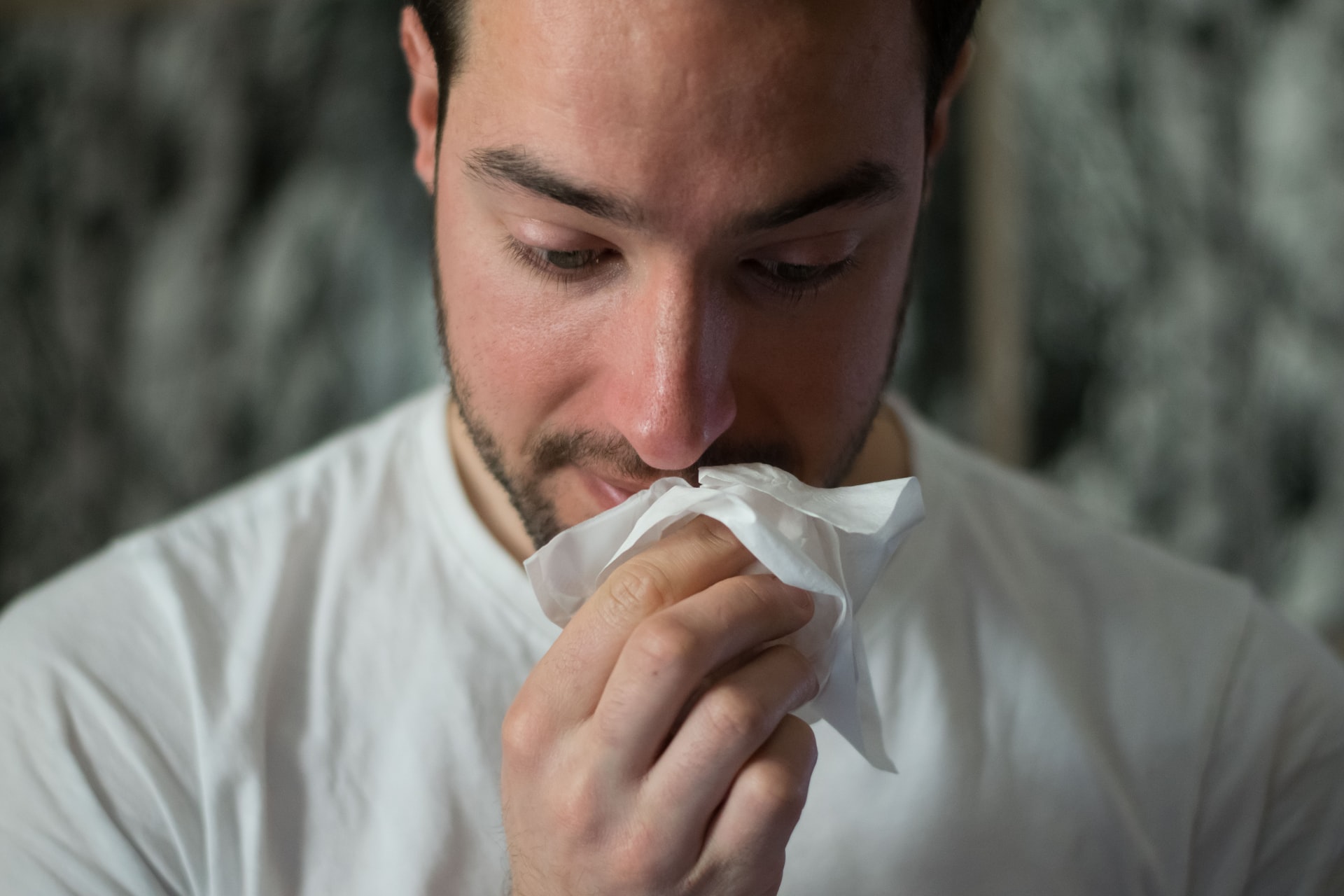News release
From:
Attachments
Note: Not all attachments are visible to the general public. Research URLs will go live after the embargo ends.

Journal/
conference: Nature Medicine
conference: Nature Medicine
Research:Paper
Organisation/s:
King’s College London, UK
Funder:
Zoe Global provided in-kind support for all aspects of building, running and supporting the app and service to all users worldwide. Support for this study was provided by the National Institute for Health Research (NIHR)-funded Biomedical Research Centre based at Guy’s and St Thomas’ (GSTT) NHS Foundation Trust. This work was supported by the UK Research and Innovation London Medical Imaging & Artificial Intelligence Centre for Value-Based Healthcare. Investigators also received support from the
Wellcome Trust, Medical Research Council (MRC), British Heart Foundation (BHF), Alzheimer’s Society, European Union, NIHR, COVID-19 Driver Relief Fund (CDRF) and the NIHR-funded BioResource, Clinical Research Facility and Biomedical Research Centre (BRC) based at GSTT NHS Foundation Trust in partnership with KCL. S.O. was supported by the French government, through the 3IA Côte d’Azur Investments in the Future project managed by the National Research Agency (ANR) with the reference
number ANR-19-P3IA-0002. A.T.C. was supported by a Stuart and Suzanne Steele MGH Research Scholar Award. C.M. was funded by the Chronic Disease Research Foundation and by the MRC AimHy project grant. L.H.N., D.A.D., A.D.J. and A.T.C. were supported by the Massachusetts Consortium on Pathogen Readiness (MassCPR) and M. Schwartz and L. Schwartz. J.M. was partially supported by the European Commission Horizon 2020 program (H2020-MSCA-IF-2015-703787). The work performed on the Swedish study was supported by grants from the Swedish Research Council, Swedish Heart-Lung
Foundation and the Swedish Foundation for Strategic Research (LUDC-IRC 15-0067).



 International
International


